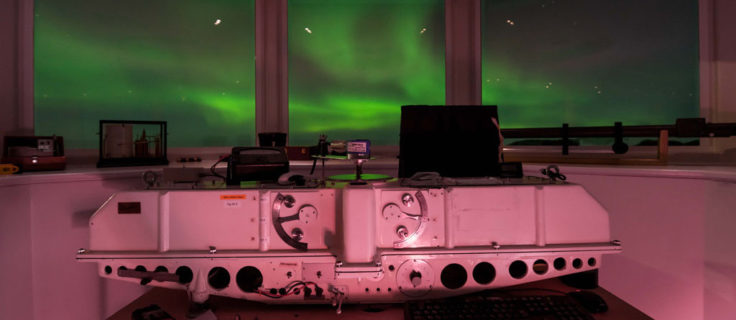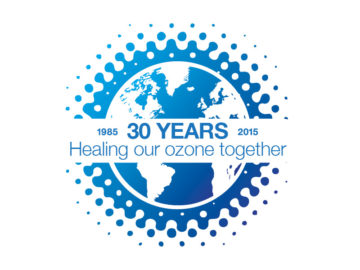In 1985, BAS scientists reported the development of reduced spring concentrations of ozone in the atmosphere above Antarctica. The extent “Ozone Hole” was mapped by satellite, but its significance as the first example of the global impact of emissions of pollutants by human activities could only be established through the unbroken record of observations from Halley Station.
The signing of Montreal Protocol in 1987, which outlawed the emission of ozone-depleting chemicals, was a landmark political event, not least in demonstrating that scientific consensus over an urgent and global environmental issue can result in timely and effective international action.

In coming years, it is anticipated that the ozone record from Halley Research Station will show the start of the recovery of ozone layer. Arguably, that event will be even more significant than the original discovery. It will demonstrate for the first time, the effectiveness of international agreement in reversing, a global-scale environmental problem.

